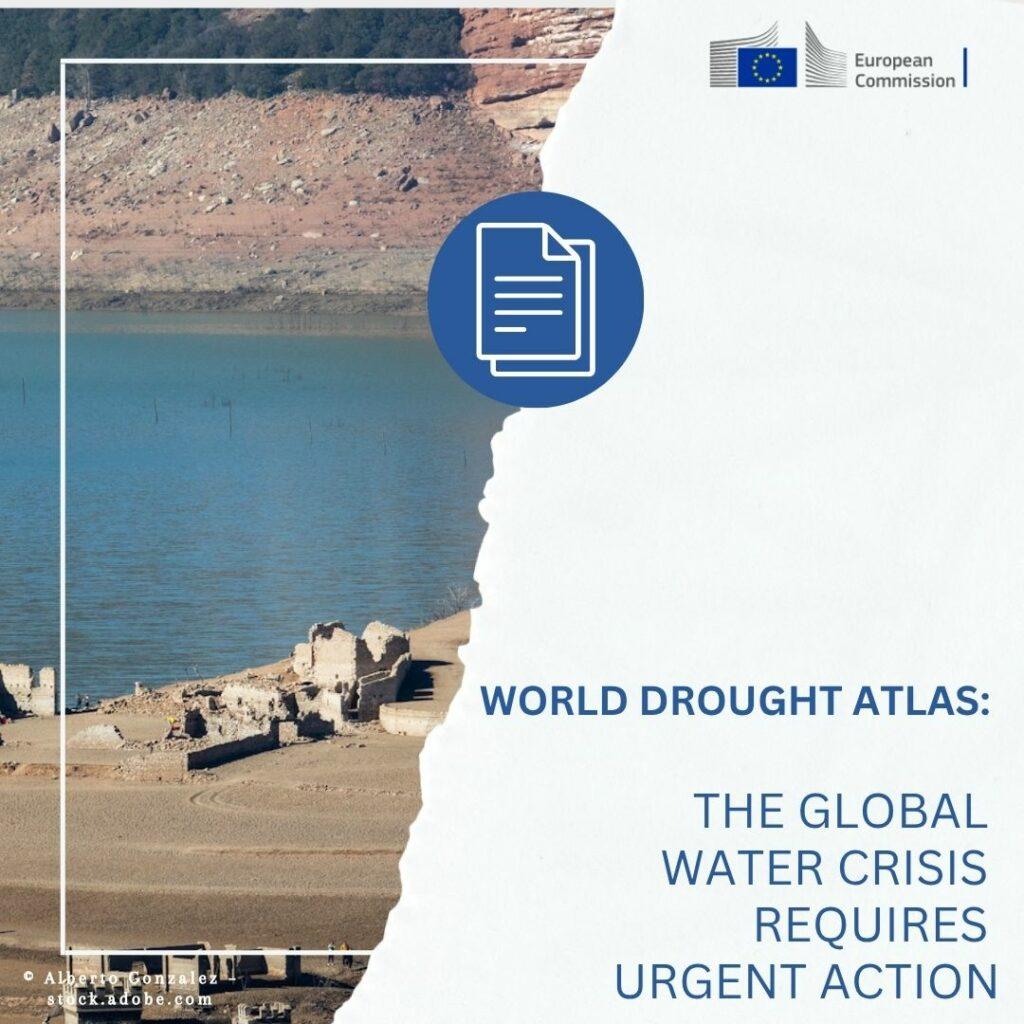At the end of last year, the EU Joint Research Centre published an article on the global water crisis. The EU Joint Research Centre, in collaboration with the UN Convention to Combat Desertification (UNCCD) and several global partners, launched the World Drought Atlas at COP16 in Riyadh. This tool compiles global data on droughts – past, present, and projected – highlighting the growing severity of drought as a systemic hazard driven by the climate crisis and unsustainable land and water use. Far from being isolated or seasonal events, droughts now impact economies, ecosystems, and public health across continents, affecting both rural and urban areas. Nearly 2.3 billion people already face water scarcity, with vulnerable regions in Africa and Asia being disproportionately affected.
The Atlas emphasises that drought is more than just a lack of rainfall – it is a crisis that magnifies food insecurity, forces human migration, stresses health care systems, and can contribute to conflict and ecosystem collapse. Agricultural overuse (which consumes roughly 70% of freshwater), poor governance, and inequitable resource distribution are compounding these risks.
The Atlas calls for transformative, coordinated, and proactive action at all levels:
- Strengthen early-warning systems, closing knowledge gaps, and reducing uncertainty
- Harness AI-powered tools like the EU’s Digital Twins, which are also developed in WaX projects, for scenario planning
- Champion locally adapted strategies – equitable water access, low-footprint agriculture, urban heat shelters – while integrating into regional and global policies
- Emphasise inclusive governance, international collaboration, and early, forward-looking strategies rather than reactionary responses
The World Drought Atlas can be accessed here.



